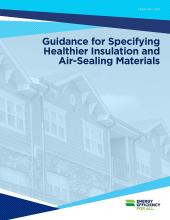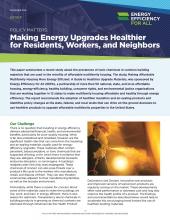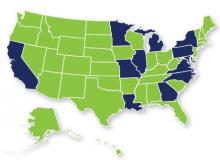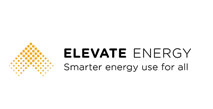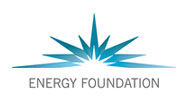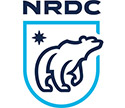Huge numbers of Californians struggle and sacrifice to afford energy bills - a fact most Californians understand and would even pay more to rectify, a new poll commissioned by Energy Efficiency for All shows.
Energy Efficiency for All (EEFA) and the Environmental and Energy Study Institute (EESI) held a briefing to discuss the role of energy efficiency in reducing the cost of housing, especially for low-income families who must spend a greater percentage of their income on energy bills and so have a heavier “energy burden” than higher-income households. According to a 2016 study of America’s largest cities by EEFA and the American Council for an Energy-Efficient Economy (ACEEE), the median low-income household spent 7.2 percent of its income on energy, twice as much as the median for all households (3.5 percent). The energy burden is even greater for rural households. A new EEFA/ACEEE report released this month finds that rural households have a median energy burden of 4.4 percent, and rural low-income households are even worse off, shouldering a median energy burden of 9 percent. In this forum, a panel of experts on housing and energy policy reviewed federal energy efficiency services and programs that are serving the most vulnerable U.S. citizens. When monthly bills for electricity and fuel take a large bite out of small paychecks, residents are often forced to choose between heating/cooling and other necessities like food and medicine. But high energy burdens are not simply a result of low incomes and/or high energy prices. Housing that is not well constructed and maintained, with air leaking through roofs, walls and windows, coupled with inefficient appliances, lighting and heating/air-conditioning, can lead to high energy usage and costs even if utility rates are low. Making homes more energy efficient and reducing energy costs per square foot can reduce utility bills and lighten the energy burden for low-income families and individuals; improve their comfort, health and quality of life; and reduce the environmental impacts of energy use. EEFA/ACEEE studies have found that the U.S. Department of Energy’s Weatherization Assistance Program, which retrofits single-family homes for people who live at or below 200 percent of the federal poverty level, saves families an average of $283 per year. In addition, affordable-housing developers rely on the Low-Income Housing Tax Credit (LIHTC) to build and preserve energy efficient, multi-family affordable housing. For the lowest income households, rental assistance from HUD and the Low Income Home Energy Assistance Program(LIHEAP) from the U.S. Department of Health and Human Services provide critical lifelines.



